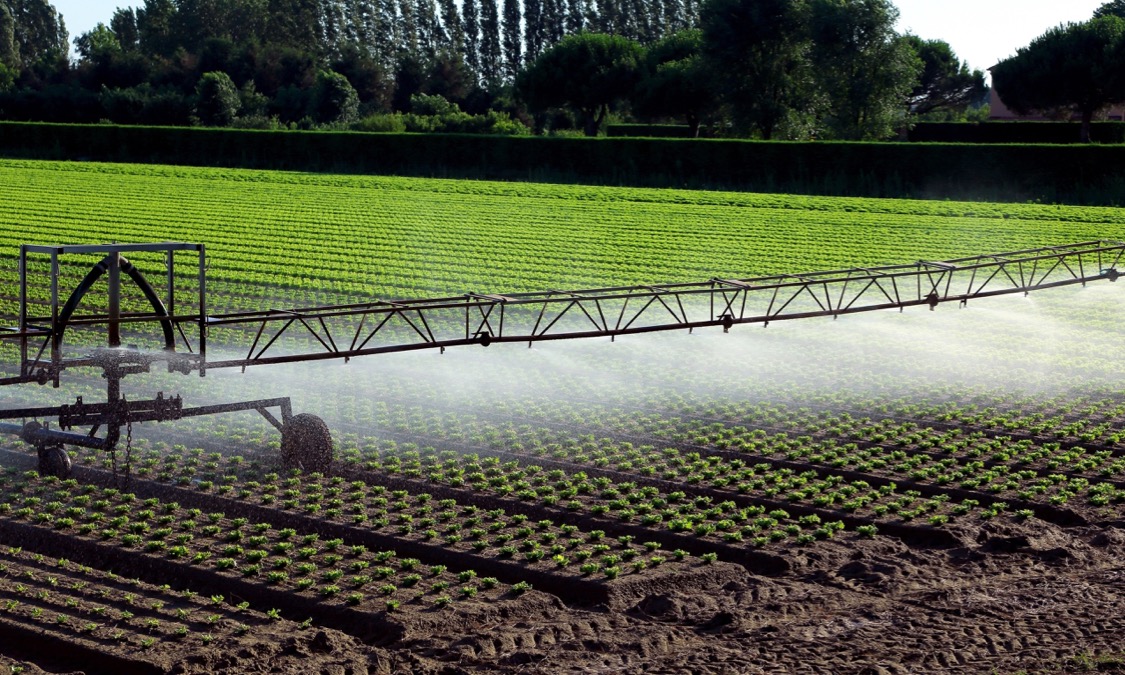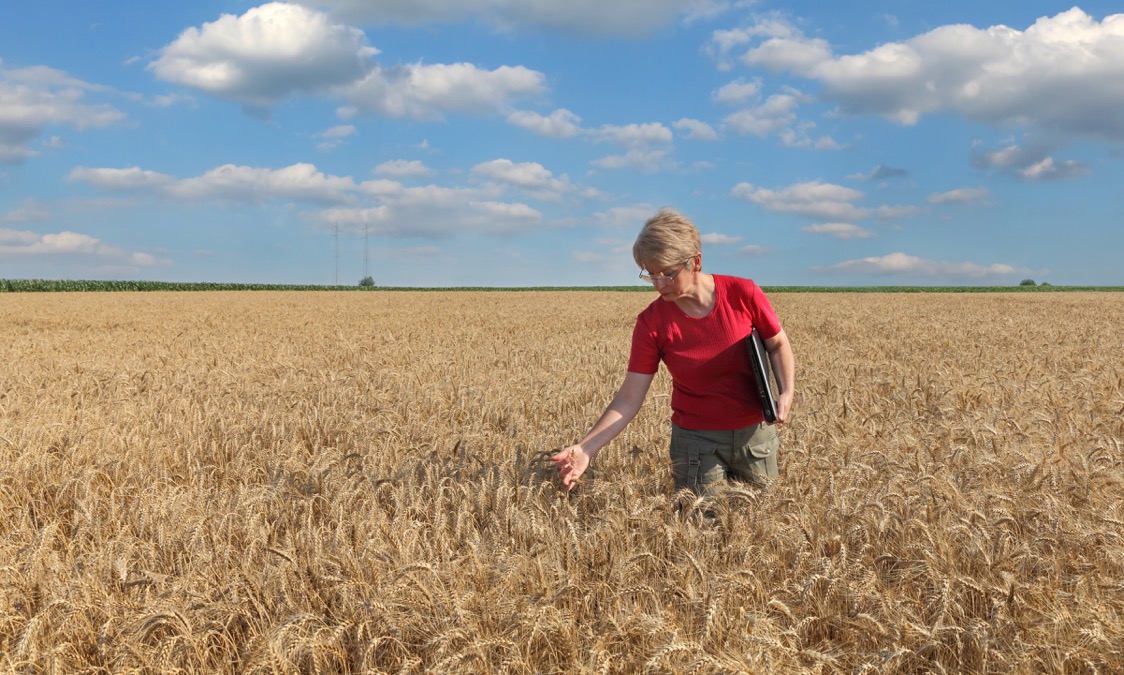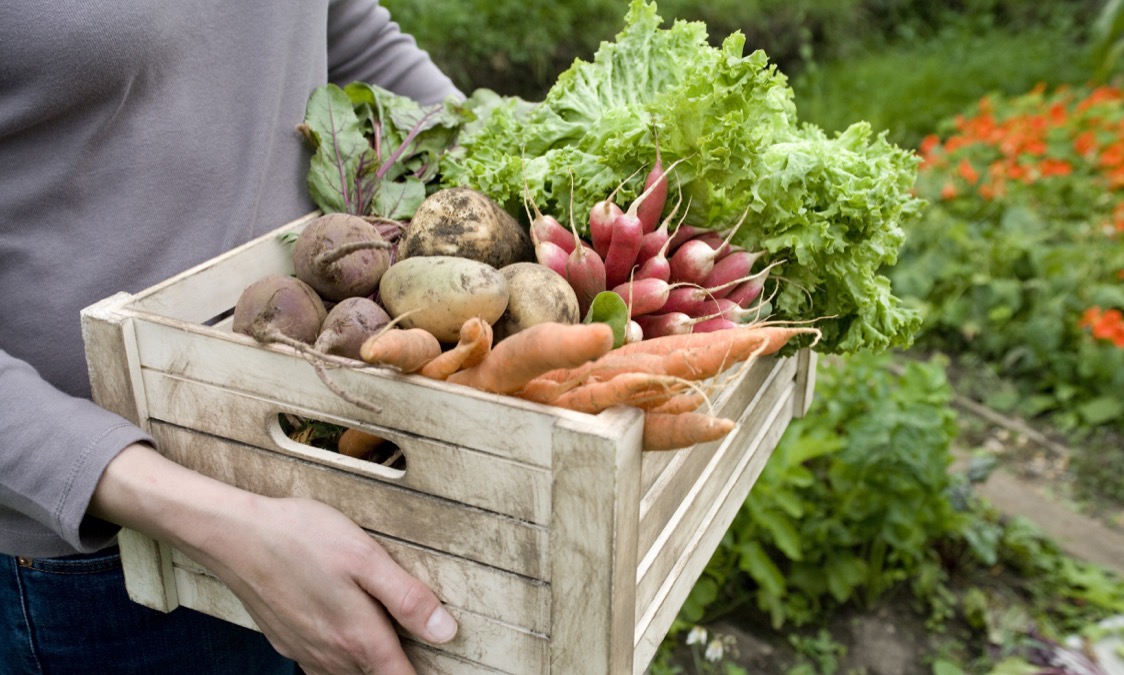Food Safety Eurobarometer: 50% of Europeans rank food safety among their top three food-buying priorities
As the food system becomes even more globalised and ingredients can often travel from continent to continent before reaching consumers’ plates, food safety is an increasingly international concern. In Europe, more than 23 million people per year become ill from foodborne contamination — that’s about 44 people per minute affected by poor food safety. About 4,700 of those cases annually are fatal.
To ensure the safety of food around the world, the European Union (EU) is a member organisation of the Codex Alimentarius Commission, a joint food safety project of the United Nations Food and Agriculture Organization (FAO) and the World Health Organization (WHO). Codex Alimentarius also recently participated in facilitating the inaugural annual World Food Safety Day to promote international collaboration on food safety. “Food is a global affair with a food chain that wraps around the planet. A simple meal can easily contain ingredients from multiple continents and its safety depends on international collaboration,” says Dr. Zsuzsanna Jakab, the World Health Organisation’s Regional Director for Europe, on the recent World Food Safety Day. The European Food Safety Authority (EFSA), EU member states, and the European Commission also recently launched a campaign called #EUandmyfood to promote the EU food safety system that rests upon the foundational 2002 General Food Law.

In conjunction with World Food Safety Day 2019, celebrated every June, EFSA released the results of a new Eurobarometer survey on food safety, its first since 2010. Also earlier this year, the European Parliament and Council approved changes to the EU General Food Law (GFL) that aim to increase transparency in the food-safety regulatory approval process. The Eurobarometer results highlight EU citizens’ concerns about food safety and also suggest that increased information about food risks can lead to short- and long-term behavioural changes when it comes to food safety, which has implications for the efficacy of the GFL changes.
Europeans’ Concerns about Food Safety
According to the Eurobarometer survey, about two in five respondents (41 percent) said they are personally interested in food safety, and about one in five (22 percent) said it was their main concern when choosing food. For most, food safety is one factor of many that influence their food choice—50 percent of respondents ranked it in the top three criteria they use in their food-purchasing decisions. Other common top-three factors included where the food comes from (53 percent), cost (51 percent) and taste (49 percent). Nutrient content and ethical considerations ranked lower.
Within the category of food safety, the survey also found varying degrees of concern about specific topics among Europeans — and a respondent’s awareness of an issue did not necessarily equate to their being concerned about it. While 66 percent of respondents were aware of antibiotics, hormones, or steroid residues in meat, 44 percent of respondents who had heard of at least one food safety issue ranked it as a concern. More were aware of food additives (72 percent), such as colourants and preservatives, but fewer said it was a concern (36 percent). Other issues of concern to those who had some awareness of food safety topics included pesticide residues in food (39 percent) and environmental pollutants in fish, meat or dairy (37 percent).
An Increasing Focus on Transparency in Food Regulation
This Eurobarometer survey data comes as European governments and agencies are ramping up efforts to promote transparency in food safety.
Last year, the European Commission wrapped up a four-year fitness check of the General Food Law Regulation (GFL) to evaluate the progress made by Europe’s fundamental food-related legislation from its passage in 2002 until 2013. While the results from the fitness check praised the GFL for improving EU-wide food safety, including the creation of EFSA, the commission noted that the GFL fell short in terms of transparency of risk analysis and independence from food-industry influence. The Commission’s working document reports that EFSA, when evaluating the safety of a proposed new product, has been legally required to base its confidential risk assessments on industry studies and has struggled to communicate its findings to the general public, which can have “a negative impact on consumers' trust and on the acceptability of risk management decisions.”

In response, an agreement on the Commission’s proposal to change the GFL’s food safety authorisation processes was approved by the European Parliament in April 2019 and the Council in June 2019.
Under the new terms, EFSA will be obligated to publicly release data, studies, and other supporting information, including industry-submitted materials, related to approved applications for new regulated products. Additionally, a database of studies commissioned or carried out by EU-wide industry applicants will be compiled so that EFSA can verify that companies did not leave unfavorable data out of their application materials.
Although the new GFL regulations will not come into full effect until March 2021, the move toward increased transparency has particular relevance in the ongoing debate within the EU regarding pesticides and herbicides, especially the health implications and legal status of glyphosate. Glyphosate, the most frequently used weed-killer in the EU and worldwide, is the primary ingredient in the herbicide Roundup, which is designed to be used with specific seeds that have been genetically modified to be resistant to it. Citing the need for open information in the public interest, an EU court ruled in March 2019 that EFSA, which had previously withheld access to studies investigating a potential toxic or carcinogenic nature of glyphosate, must make them publicly available. While the International Agency for Research on Cancer declared glyphosate “probably carcinogenic to humans” in 2015, the U.S. Environmental Protection Agency reached the opposite conclusion in 2017 and the EU renewed the weedkiller’s approval until 2022. However, Austrian legislators voted in early July to approve a complete ban on all uses of glyphosate in the country, the first total prohibition of the substance in the EU.
Will More Food Transparency Actually Change Public Opinion?
The Eurobarometer survey suggests that more transparent information on food safety can influence people’s behaviour when it comes to food risks. The results also give insight into the sources Europeans turn to for information about food risks, which is helpful when considering how to effectively disseminate messages about food safety to the European public.
Two-thirds of respondents say information about food-related risks did cause them to change their behaviour — 33 percent said the behavioural change was permanent, and another 33 percent said the change lasted for a while. A further 21 percent said they found information to be worrisome but it did not compel them to change their behaviour. Women were more likely than men to change their actions as a result of food-safety information, as were those with higher levels of education and those living in large towns as opposed to rural areas.

According to the survey, particularly trustworthy sources of information include scientists (82 percent), consumer organisations (79 percent), and farmers (69 percent). A smaller majority of respondents said they trusted governmental bodies, such as national authorities (60 percent) and E.U. institutions (58 percent), as sources of information on food risks. In fact, one aim of the new transparency-focused GFL changes was to “strengthen citizens' trust,” according to the text of the resolution. At the other end of the spectrum, just 36 percent of respondents say they trust the food industry and 19 percent said they trust celebrities and influencers.
The media and the internet are also changing perceptions about food safety. While more than three-quarters (78 percent) of those aged 55 and over mentioned television as one of their main sources of food-safety information, 55 percent of those aged 18–24 said they relied on it. Older people are also more likely than younger people to turn to newspapers and magazines (46 percent vs. 22 percent) and radio (30 percent vs. 13 percent). Conversely, the younger subset of respondents tends to rely on social media for information on food risks — 45 percent said they do, as compared to 10 percent of those aged 55 and over — and other internet sites, which were mentioned by 63 percent of respondents aged 18–24 but 28 percent of those aged 55 or over.
In response to the results, EFSA Executive Director Dr Bernhard Url says: “The fact that there is high trust in scientists is encouraging. We can further increase Europeans’ confidence in their food if we better listen to their concerns and improve opportunities for dialogue, so they have a better understanding of the contribution science makes to the EU system.”
There are also many ways to increase your own knowledge about food safety and the food supply system. In a free online course from FutureLearn, you can learn from food studies professors and NGO researchers about how issues such as sustainability, nutrition quality, and food production can affect consumers’ trust in the food safety system. Furthermore, engaging in an enriching conversation with peer experts could be the best way to reach to conclusions. Therefore, you can raise your questions and share your opinions in the Food R&D Expert community on LinkedIn.
More blog posts

Think Tank BLOG: Plant-based meat – from boom to business reality




